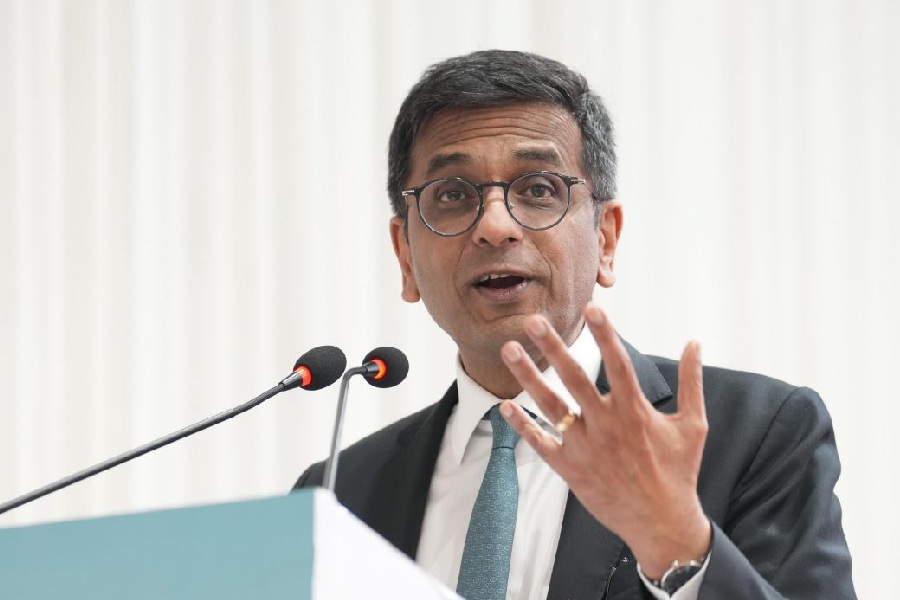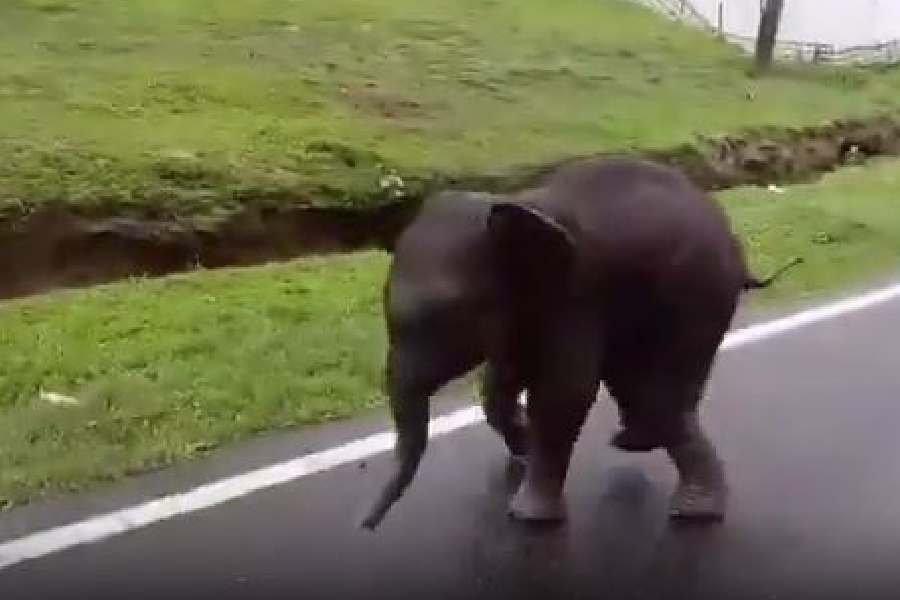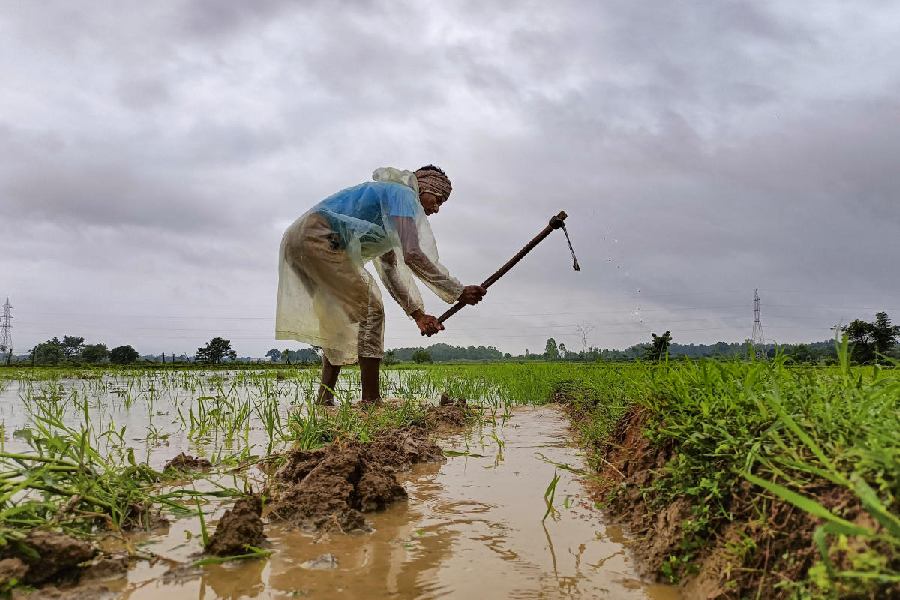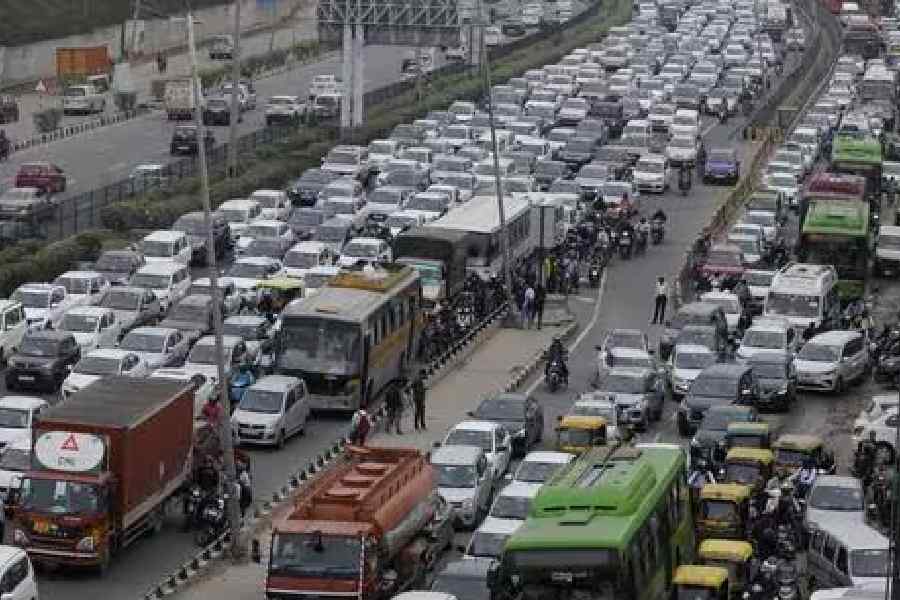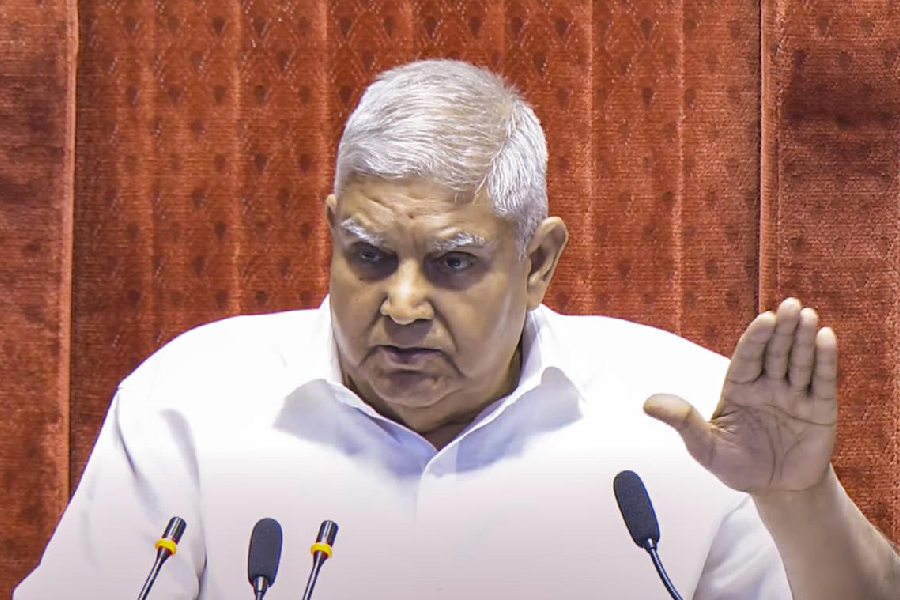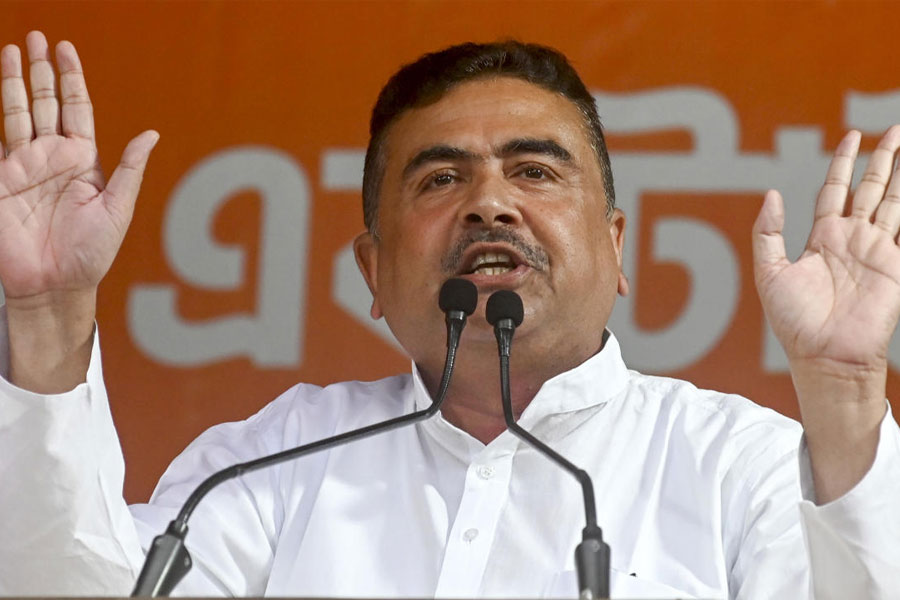 |
| Netaji Subhas Chandra Bose |
Kohima, Dec. 9: Did Netaji Subhas Chandra Bose ever visit Nagaland? A new book claims the enigmatic freedom fighter not only visited the state, but stayed there for over two months in 1944.
Vigilance department official Vekho Swuro?s book, Discovery of Netaji Subhas Chandra Bose ? Delhi Chalo Last Camp in Nagaland, says Netaji was based in the state during the Battle of Kohima.
?One April afternoon in 1944, at Theyizumi village (of Nagaland), Netaji Subhas Chandra Bose got down from a brown horse and slapped two Japanese soldiers,? the book quotes 97-year-old Puracho as saying.
Puracho, a Hukari Kikan (liaison officer) for the Japanese army during World War II, was an associate of Netaji. He is one of about 20 residents of Chesezu village of Phek district to testify that the Indian National Army chief stayed in Nagaland for over two months.
Ratified accounts of Netaji?s travels describe only his journey till Manipur. Vekho?s book, however, provides an extensive description of Netaji passing through Jessami and Phek town en route to Chesezu village. ?He was here sometime in April-May of 1944,? Swuro says.
The Battle of Kohima began on April 4, 1944, and is said to be the only guerrilla combat during World War II.
Vekho has been invited to meet members of the Netaji Subhas Chandra Bose Probe and Research Foundation in Calcutta on Saturday. Rajya Sabha member Debabrata Biswas recently wrote to the engineer, who has set up the Netaji Subhas Chandra Bose Memorial Development Society, Nagaland, to discuss the discovery.
Lok Sabha member Subroto Bose, Netaji?s nephew, is also understood to be in touch with Vekho. The writer has dedicated his book to Netaji?s Germany-based daughter, Anita, and her husband.
Little-known facts such as ?Netaji liked gooseberries but did not like figs? have been mentioned in the book. Those who met the leader are now in their nineties and recall that he used to mingle with the villagers ?like a brother and a friend?.
Another associate, Vezo Swuro, has built a replica of a bamboo hut where, he claims, Netaji used to live. The hut has a bed and a bamboo table where the freedom fighter used to write everyday. Vezo was 16 then and helped dig trenches and set up tents.
Vekho?s book also mentions Ranga, alias Tsyako, who used to cook for Netaji and washed his clothes. The photograph of a well that Netaji used has been published alongside the account.
One of the anecdotes is about Netaji?s reaction on being told that Japanese soldiers were collecting taxes from the villagers. He scribbled something in Japanese on a paper and stuck it on the main gate to the village. ?They did not harass us after that,? recalls Rev. Poswunyi, a resident of Chesezu.
Vekho believes his might be the most significant recent discovery about Netaji and the struggle for freedom. ?Now we have to trace how and when he left for Myanmar and whether he returned to Nagaland.?
The writer wants the government to declare Netaji Peak, near Chesezu, as a ?national heritage camp? and open it to tourists and researchers.


